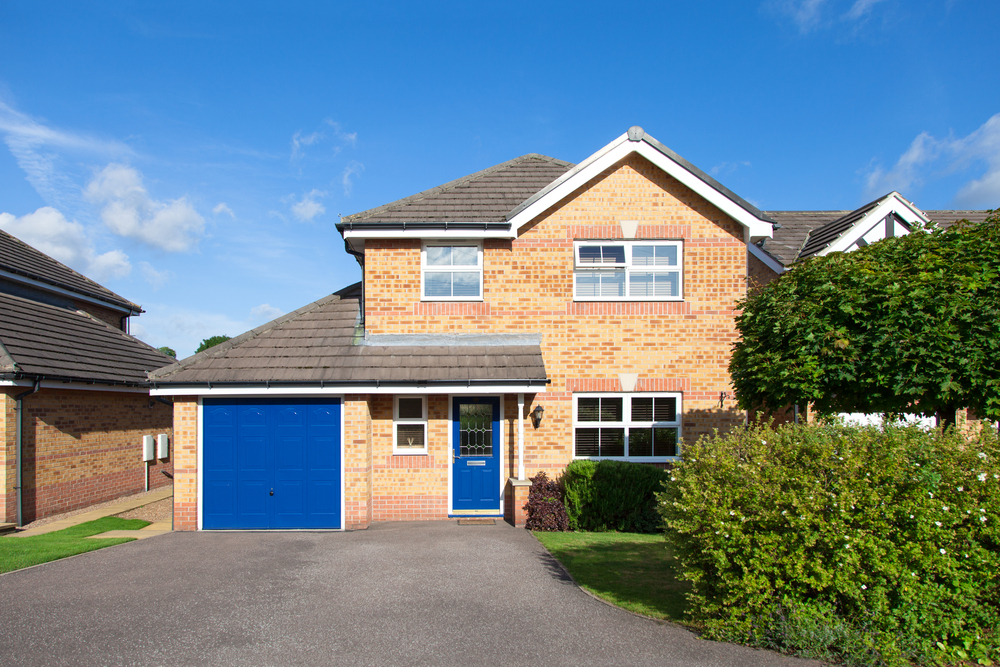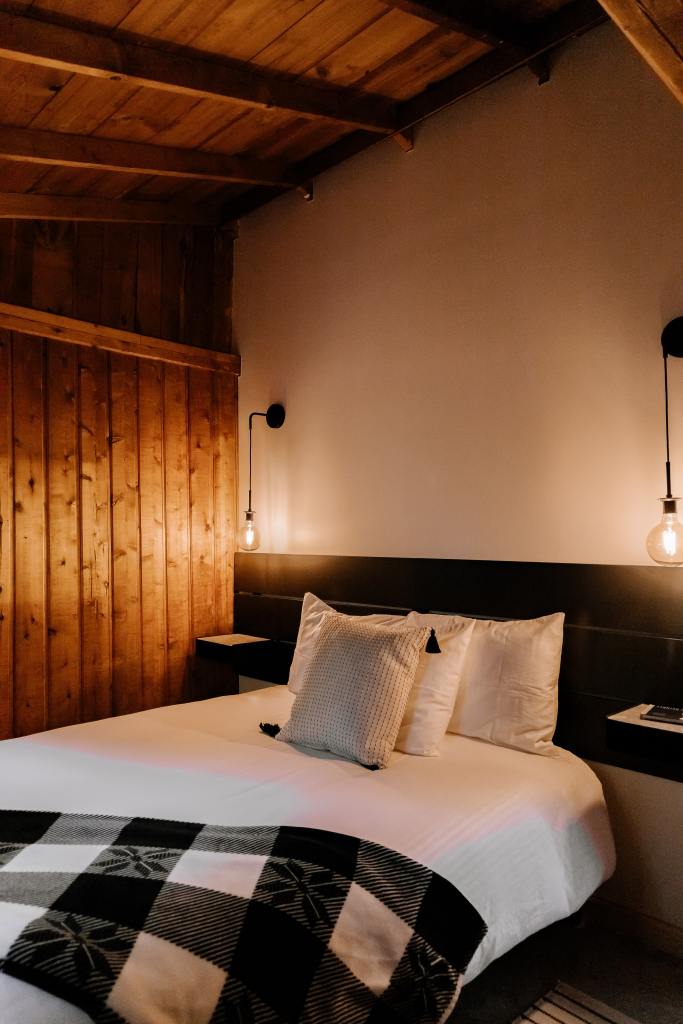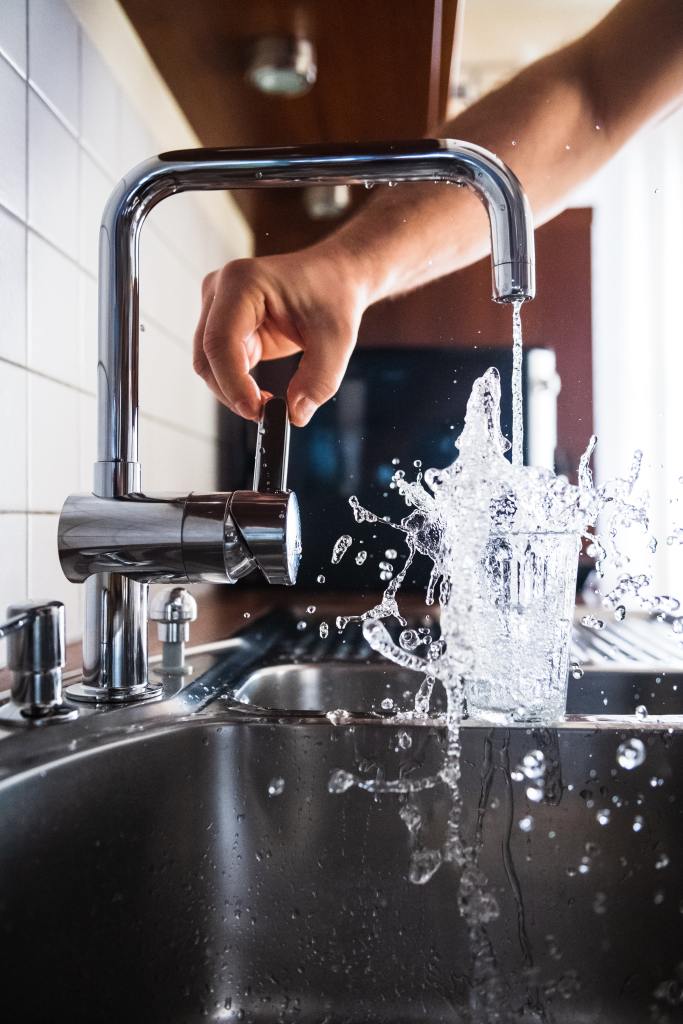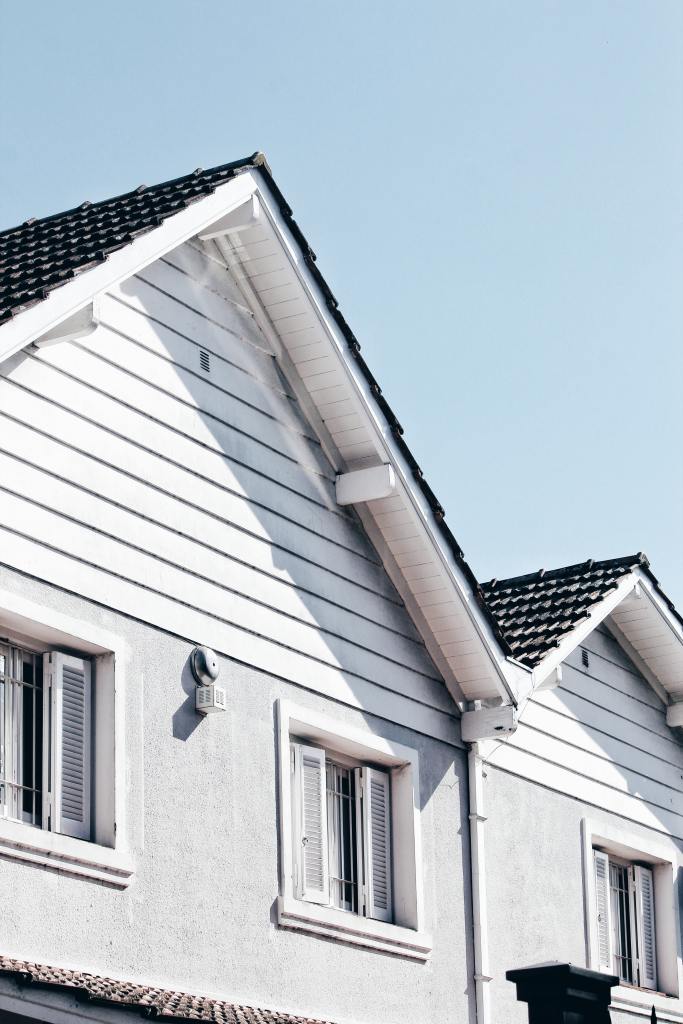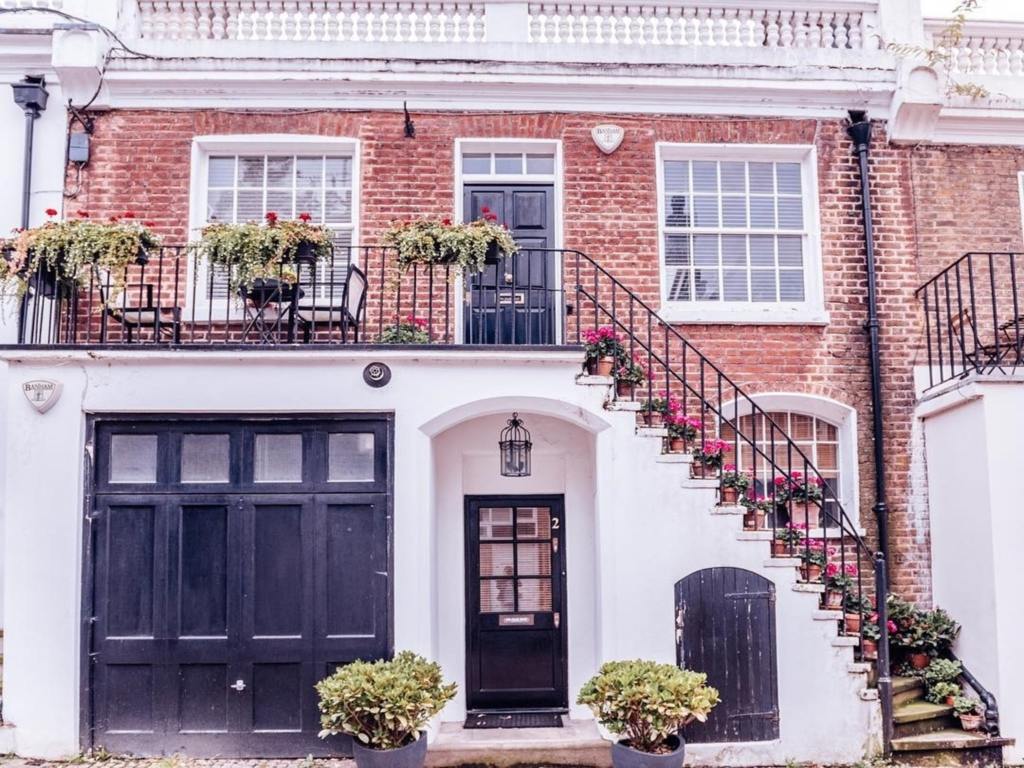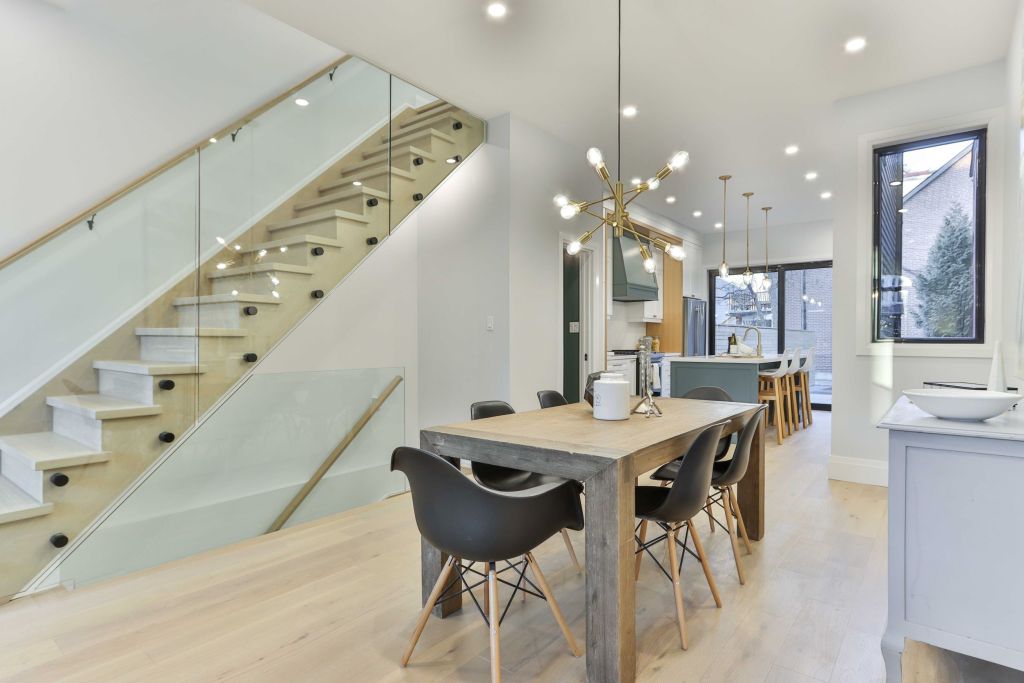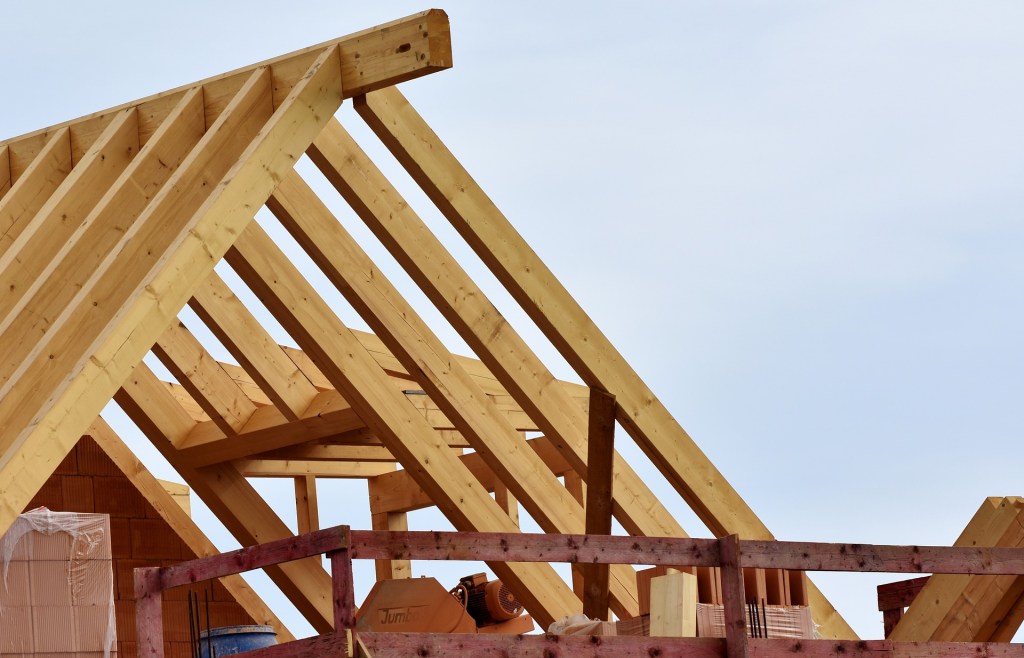Love It then List It: Tips for Preparing to Sell Your Home
Whether you’ve made a significant profit with rising house prices and you want to cash in, you’ve decided to relocate or you simply want a change, the property market is most certainly a seller’s market at the moment. But even with the market thriving as it is, there are still ways you can maximise your … Read more
